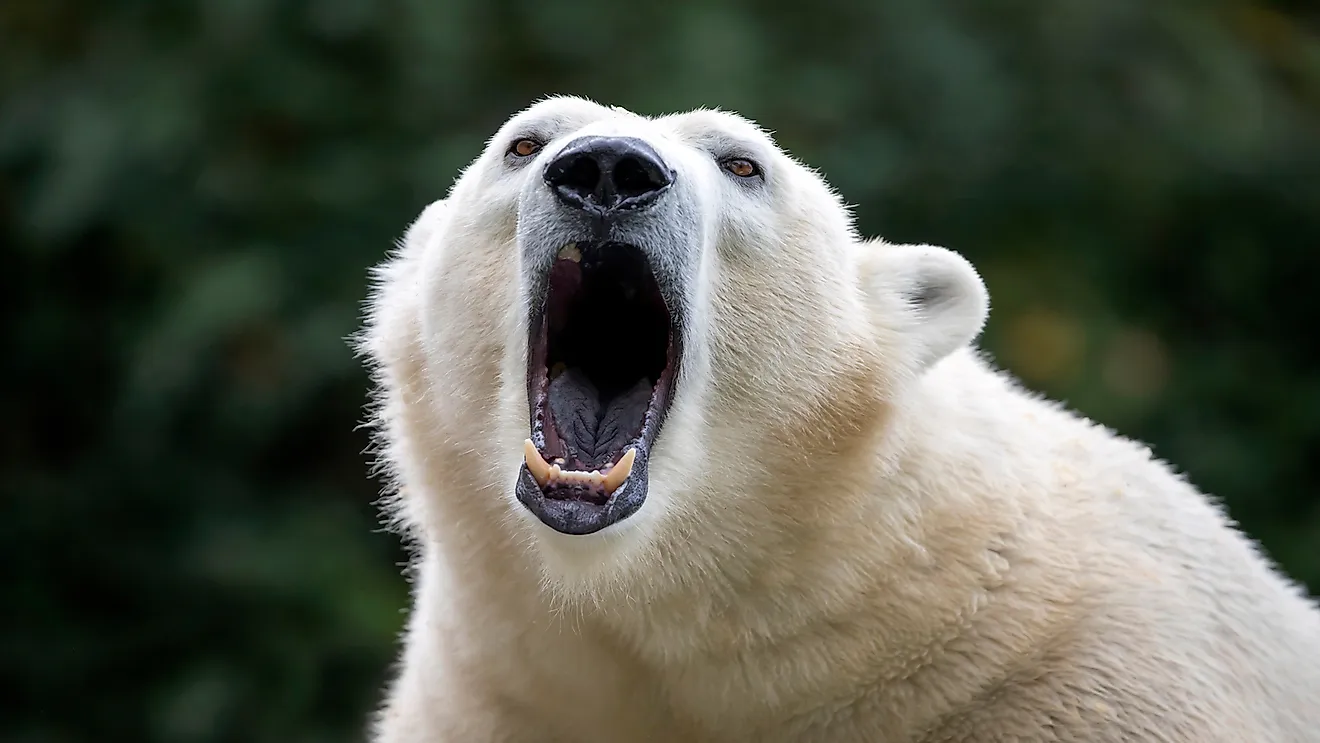Polar Bears Have A New Enemy As Climate Change Strikes

Climate change is driving grizzlies northwards, and that might spell bad news for the polar bears that are already troubled.
A global reshuffling of the ranges of species is taking place. According to experts, global warming is the culprit. The grizzly bears are also catching up with the trend, and turning up around far-northern communities in Canada’s High Arctic.
Hunters and trappers from the Inuvialuit community have recently reported grizzly bear sightings in increasing numbers on the Beaufort Sea islands.
"The grizzly bears are moving into new areas,” Vernon Amos, the Inuvialuit Game Council chairman, informed the National Observer.
Amos, 42, is a resident of the Inuvialuit Settlement Region that occupies about 100,000 square kilometers of land and houses a mere 3,400 residents.
Although grizzly sightings on the four mainland Inuvialuit communities of the region is nothing new, now these bears are appearing around Sachs Harbor and Ulukhaktok that lie further north and were never part of the grizzly territory.
According to Amos, it is not just grizzly behavior that is altering but the entire ecosystem is exhibiting a phenomenal change. The time of the seasonal freeze is getting delayed from August to early October. Grasslands are increasingly replacing barren ground supporting thriving populations of herbivores, a big attraction for the grizzlies down south who are already facing pressures from growing human settlements.
Grizzlies In Polar Bear Territory: Potential For Ugly Bear Fights?
Today, the new territories explored by the grizzlies have brought them into contact with the rightful residents of the place, the polar bears, who are exceptionally well-adapted to survive the dreaded Arctic climate. With climate change, however, the polar bears are gradually becoming aliens in their homeland. Seals, their preferred food source, are more difficult than ever to access due to melting sea ice.
Grizzlies, on the other hand, would possibly thrive on the abundant caribou, fish, moose, and berries that a warming climate will bring with it. With polar bears forced to wander inland in search of alternative prey, the two species are bound to meet. What will happen is undoubtedly a matter of great concern.
Researchers have suggested that it is quite likely that grizzlies would hibernate in polar bear maternity denning habitat. They would emerge out of hibernation at the same time as the birth of polar bear cubs, making the vulnerable offsprings susceptible to grizzly attacks.
When coming to adults of the two species combating each other for food and territory, the polar bears have a size advantage while the grizzlies are more aggressive.
Although a 600-pound grizzly might be no match to a 1,200-pound male polar bear, a denning female polar bear might not be ready to effectively fight off a grizzly attack.
Grizzly Polar-Bear Love Might Lead To A Big Conservation Loss
The interactions of the two bears might not always lead to brawls among them but when those of the opposite sex meet, love might also brew.
Inter-specific captive breeding of grizzlies and polar bears have produced hybrid offsprings called growler bears or prizzlies. However, the mating between these two species is not limited to captivity but its results have also been encountered in the wild. A unique-looking bear shot in Banks Island in the Canadian Arctic was examined for its genetic make-up and found to be a grizzly-polar bear hybrid.
Scientists fear that with grizzlies encroaching on the polar bear territory, the number of hybrids might increase leading to a rise in the number of hybrid offsprings contaminating the existing gene pool.
With the grizzlies having a much broader range and the polar bears confined to increasingly smaller spaces with climate change, the latter species will possibly suffer the worse fate when both come face to face.











